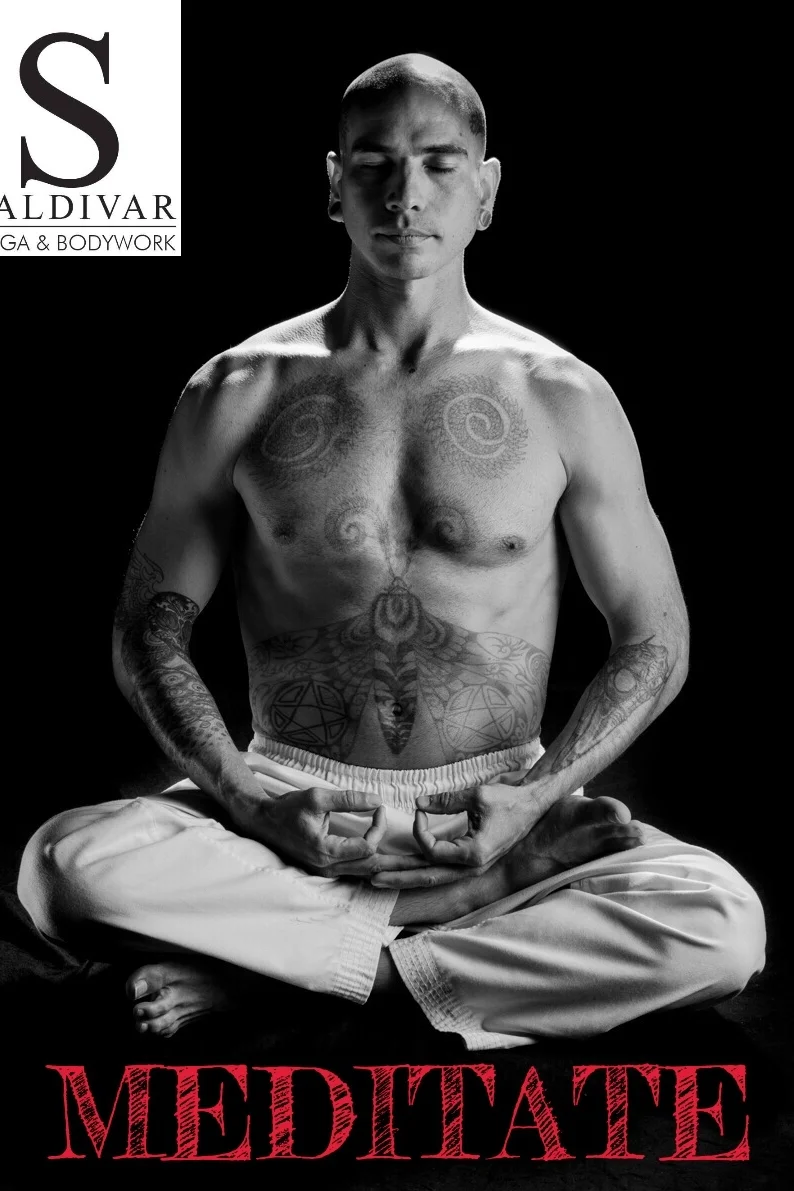3 Things Yoga Can Teach Us That We Should All Be Taught As Kids
1) How to Stand.
Through observing our Yoga practice and scanning what muscles are engaging in the asanas, we can develop the posture of royalty, and maintain healthy joints through our lifespan.
The Common Habits:
We all know that favoring one side of the body with our hands is common. Subconsciously almost everybody also favors one leg when they stand. This becomes their "post leg." In most cases this post leg has a locked knee; which puts all of the body's weight into the upper hip. Without thinking about what we are doing it is really a practice of letting go of any muscle engagement, and stacking our bones in a way that can keep our bodies standing without using our glutes, thigh, and core muscles. Ever wonder why a few times per month your lower back and upper hip hurt just on one side? Without even knowing you, I can say this could be why!
Living the Asana:
In a typical Yoga asana practice, you are never in one position for the entire class, and neither should you always stand in the same way! The best standing posture is to be in a state of constant never ending movement so that your personality and expression come through in the body language that you express.
Second point:
We never want to lock out one leg over and over with the totality of your body weight on it. This puts pressure on the ligament; which creates a slow deterioration. Think about how it feels to stand in mountain pose (Simple Yogic standing). The most basic poses can be powerful lessons for us. Try it now...Bring your feet together or shoulder width apart. Press the balls of your feet down, and feel the connection of your inner thighs by your knee. Ever so slightly bend both knees, and concentrate on the weight coming off your upper glutes and into your thigh muscles. Next - focus on the vertical line from your nose to your navel and with a big breath lift your rib cage out of your abdomen, try not to puff it forward. Focus on the ribs meeting the belly and pull them inwards towards your spine. On the exhale pull your belly button in and up, and you should feel the weight transfer 60% to your heels. As this happens squeeze your lower butt gently, and relax the connection of your upper gluteus to lower back. Instead of pulling your shoulder blades back; simply press them down, and relax the top of your shoulders. BRAVO!
2) How to Sit.
The Common Habits:
In order to avoid neck and lower back pain from sitting we want to keep track of where the rib
cage is going, because this is the biggest sign of what our core is doing. The rib cage tends to
either sink into the belly like a giant ship in the mud, or it does the super man chest. The superman chest puffs forward with the shoulder blade, which makes the spine straight. The bad news is that a straight spine is a straining spine. Our spine should have three gentle curves to it.
Living the Asana:
To sit correctly, you want to slide your butt to the front edge of your chair, because most chairs are made to accommodate slouching. Next lower the front of your pelvis, and lift your tailbone off the chair slightly to have a gentle curve in the lower back. Feel your bottom front ribs float forward, and consciously pull them in using your upper abdominal muscles. This should give your rib cage a nice lift and a slight rounding in the opposite direction of your lower back. Next relax the top of your shoulders, because the core is lifting you! Float the back of your head back until it's over your sacrum. You can also practice this in savasana with a rolled up towel under the curves of your lower back, and another under the curve of your neck, and find the muscles that can keep this alignment while sitting up.
3) How to Breath.
The degree of longevity and vitality that we can achieve in life through our Yoga practice is equal to the degree that we can focus on the cultivation of breath control. Expand in every direction; top to bottom, side to side, front to back. Breathe slow and deep with control over the pace and velocity. Focus mainly on the inhale and let the exhale just happen. Concentrate on slowing down your heart rate through the manipulation of the speed of your breath.
To learn more about the author, you can visit his website at www.ryanmassage.com.










